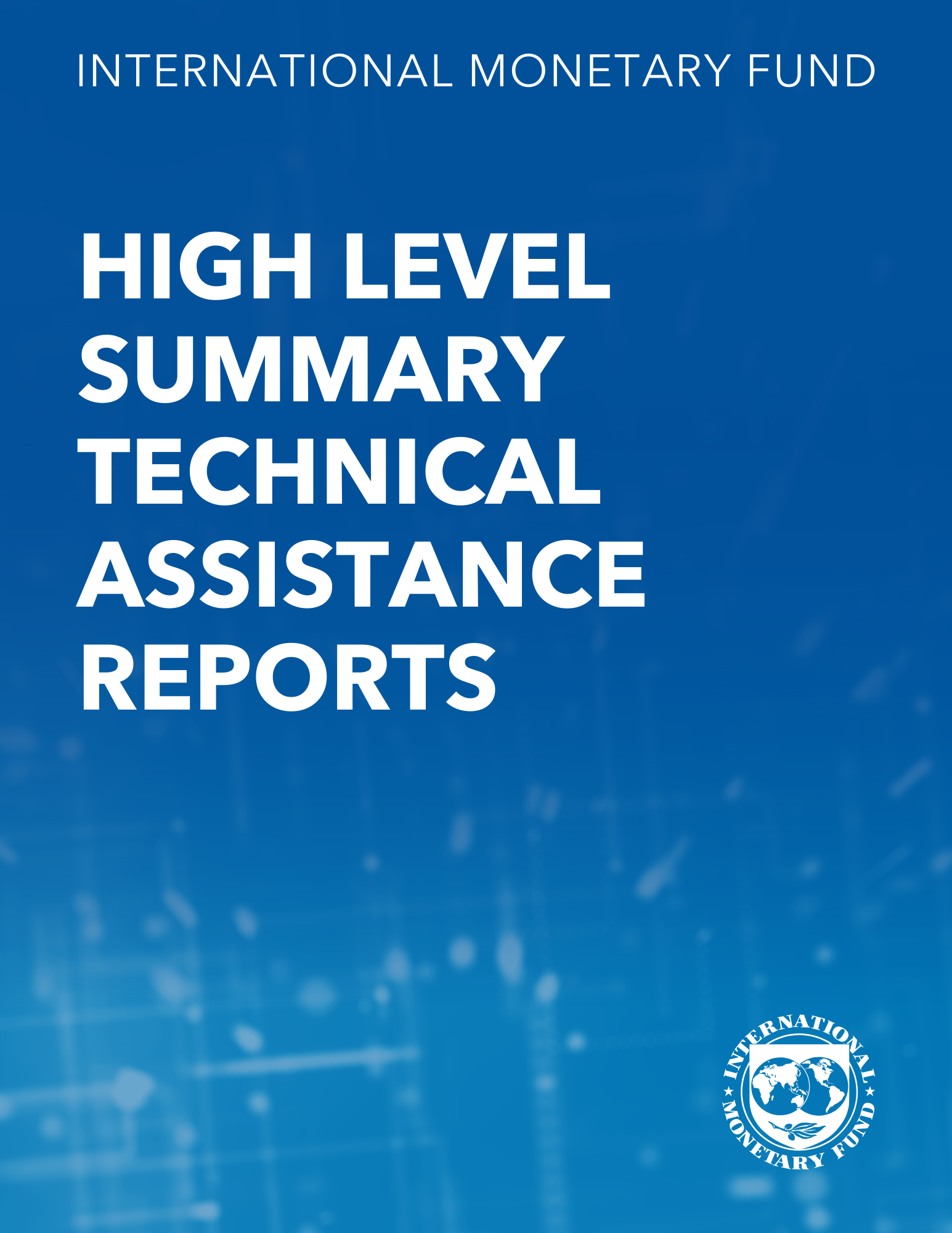Consumption Smoothing and Exchange Rate Volatility
November 1, 1995
Disclaimer: This Working Paper should not be reported as representing the views of the IMF.The views expressed in this Working Paper are those of the author(s) and do not necessarily represent those of the IMF or IMF policy. Working Papers describe research in progress by the author(s) and are published to elicit comments and to further debate
Summary
This paper analyzes exchange rate behavior in a model where consumers trade goods to diversify shocks to their income. A model with traded and nontraded goods is simulated in a multilateral context based upon historical output correlations for the period 1970–92. Simulation results indicate that the observed volatility of multilateral real exchange rates for the United States, Germany and Japan is not inconsistent with exchange rate volatility implied by consumption-smoothing behavior.
Subject: Consumption, External position, Foreign assets, Foreign exchange, International trade, National accounts, Real effective exchange rates, Real exchange rates, Trade balance
Keywords: Consumption, consumption Smoothing, exchange rate, exchange rate volatility, Foreign assets, nontradables price, price of nontradables, Real effective exchange rates, Real exchange rates, simulation result, Trade balance, trade balance surplus, United States production, utility function, WP
Pages:
56
Volume:
1995
DOI:
Issue:
108
Series:
Working Paper No. 1995/108
Stock No:
WPIEA1081995
ISBN:
9781451853049
ISSN:
1018-5941






